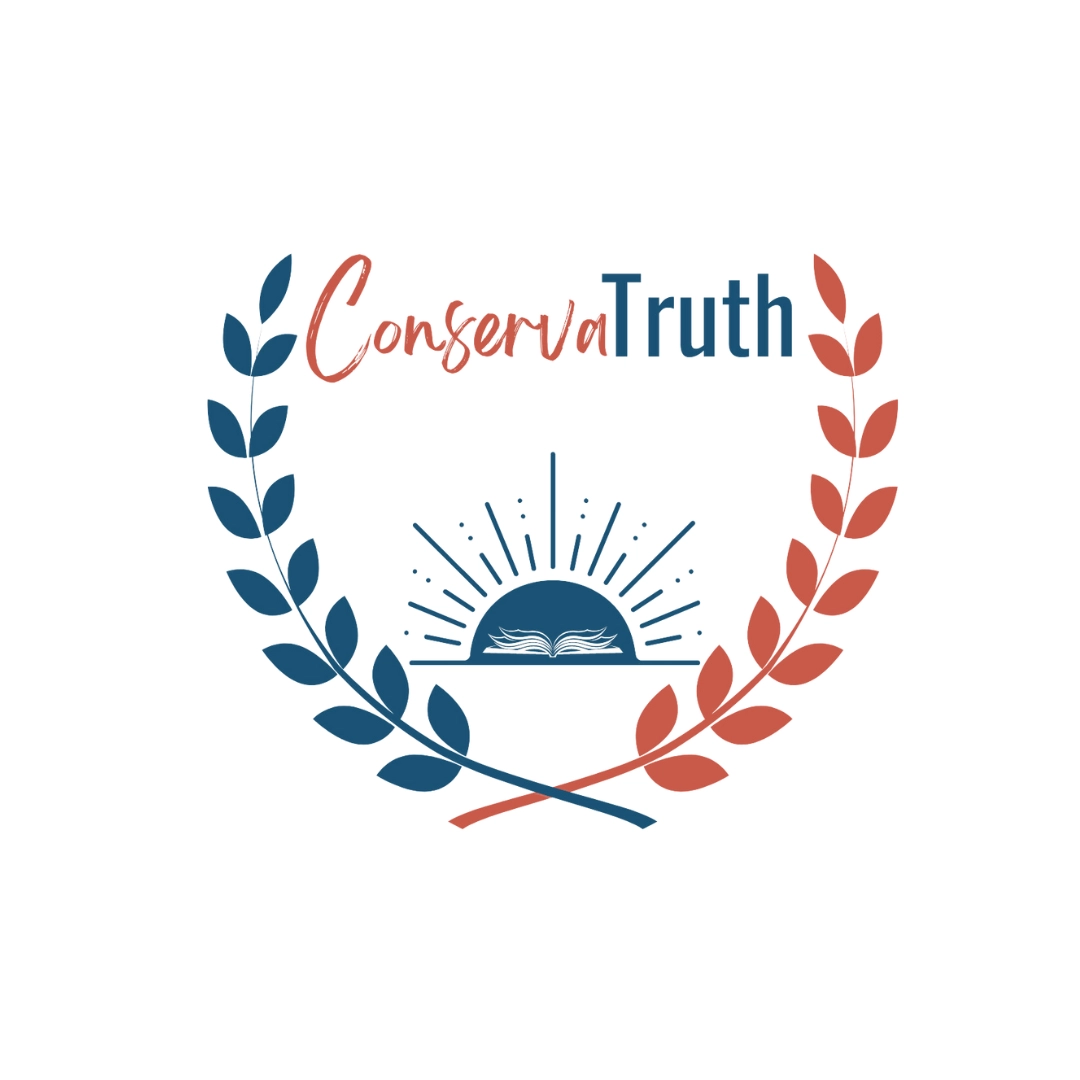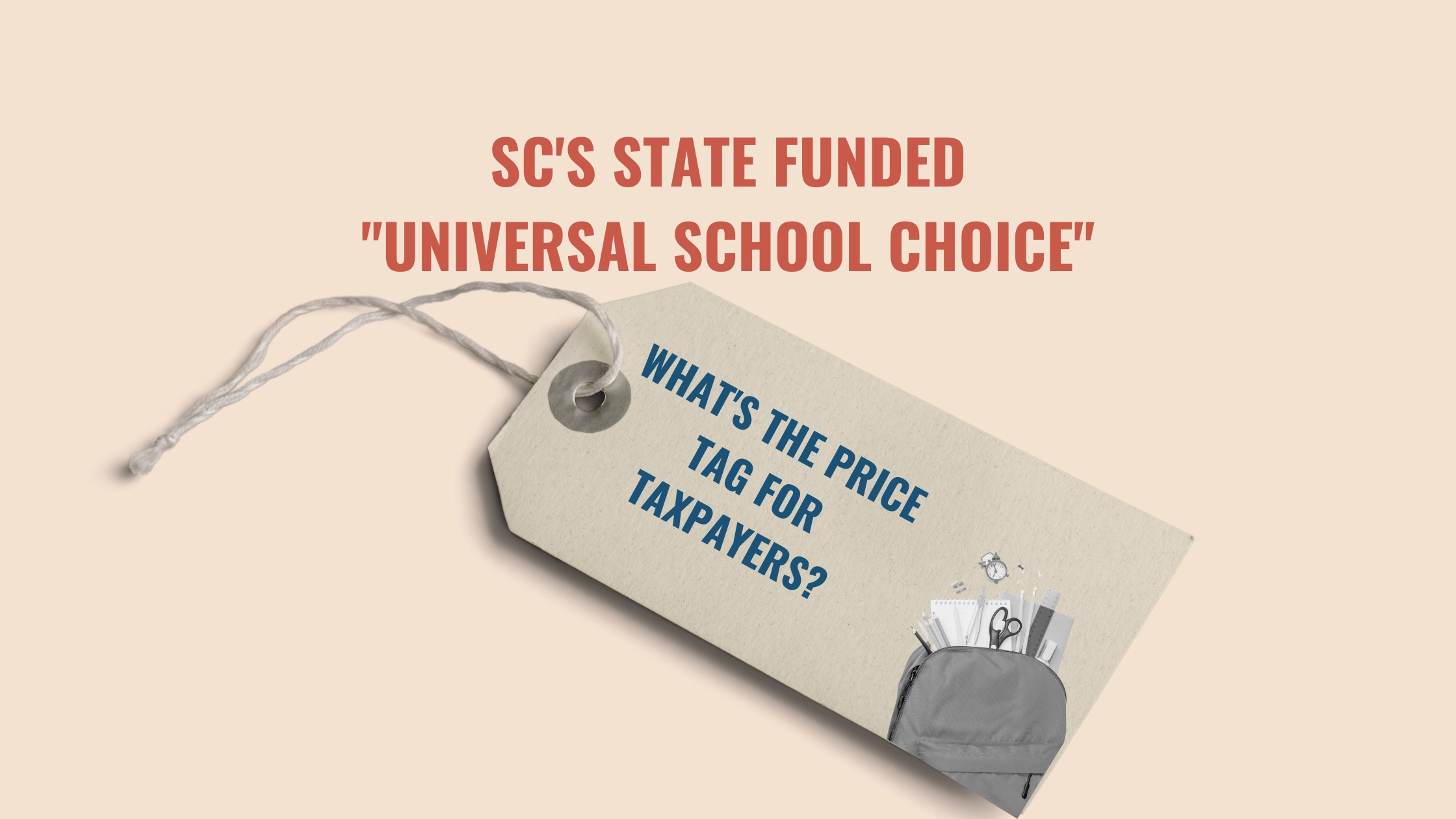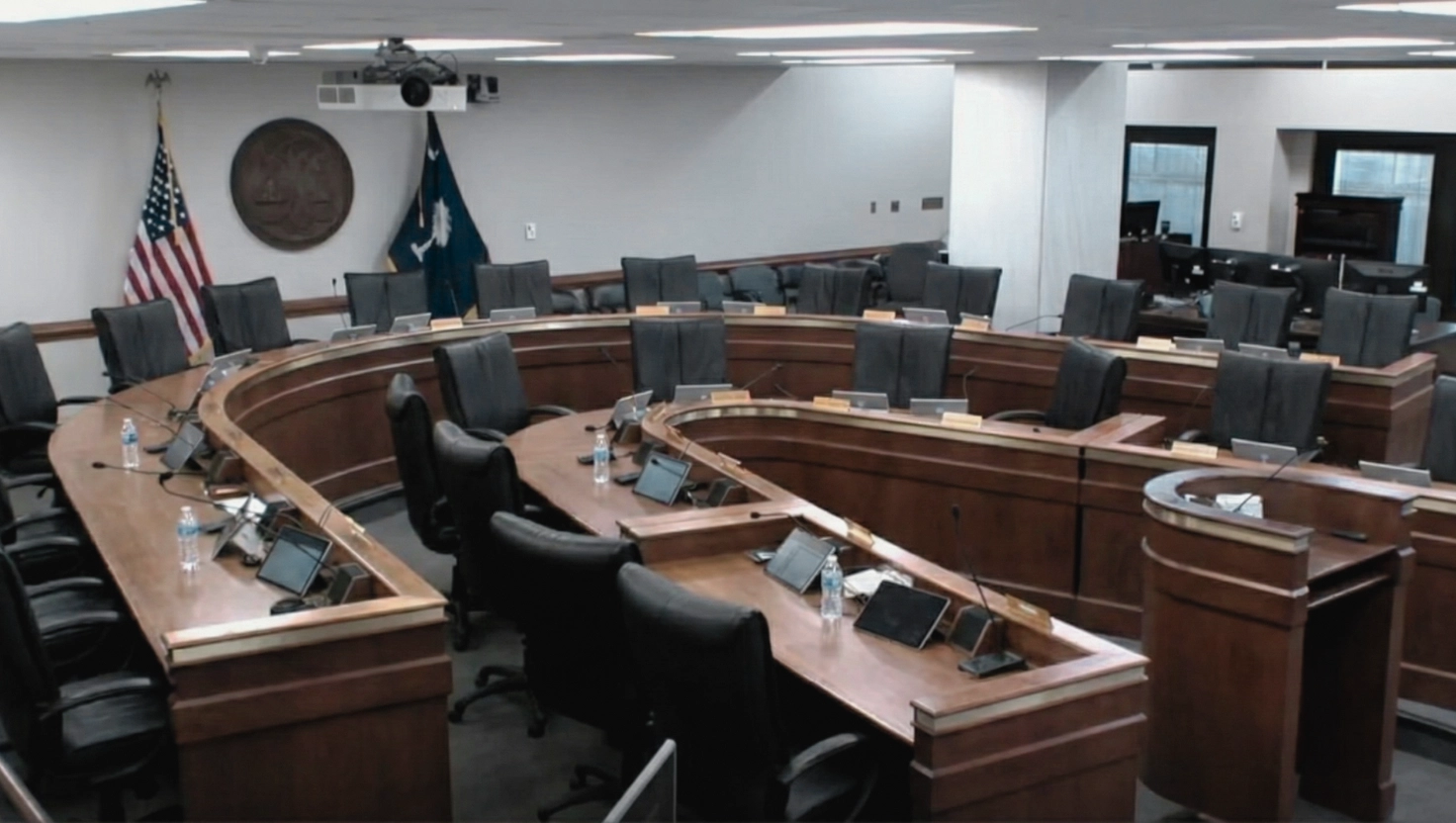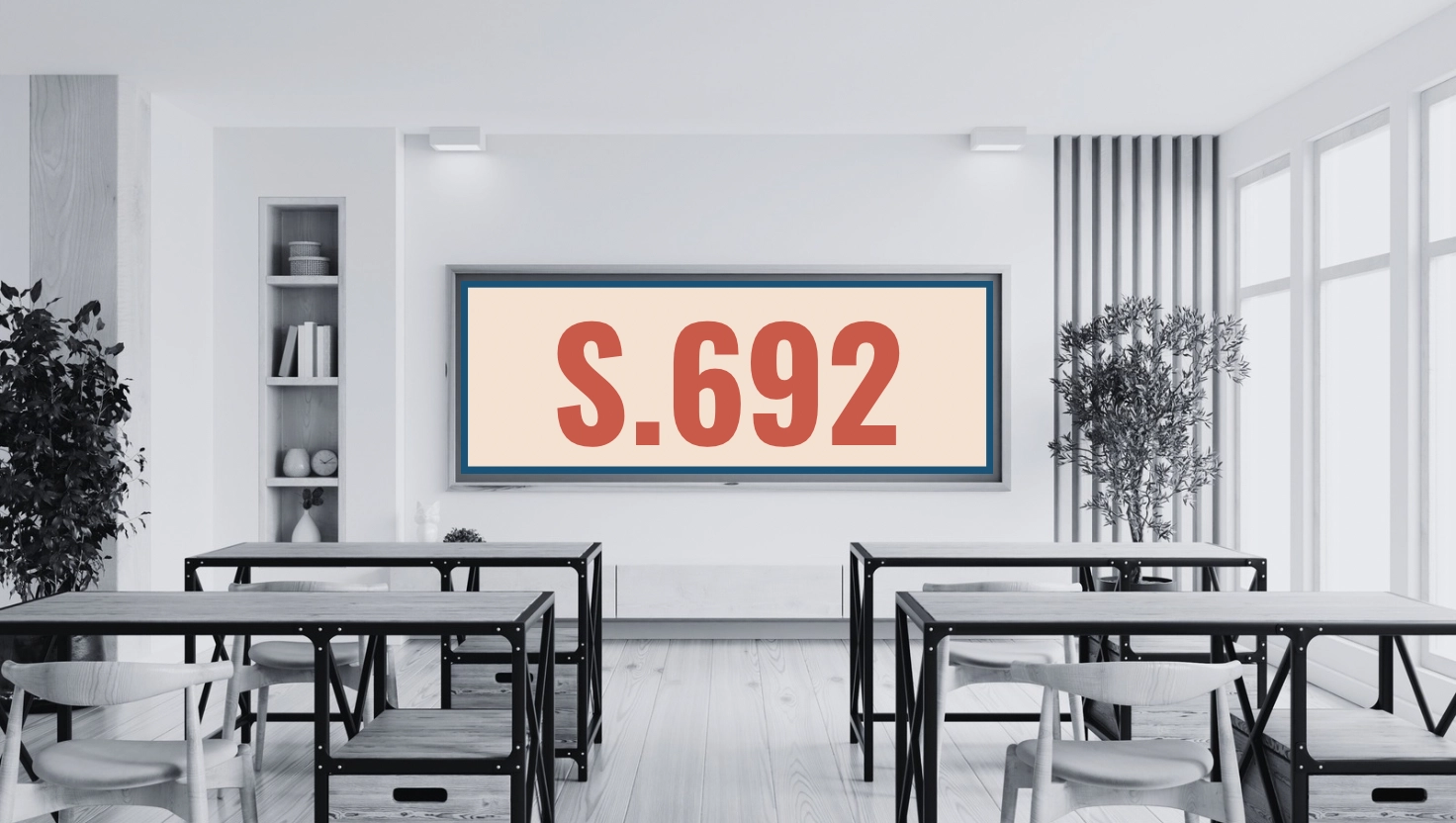We took a hard look at the financial statement for Bill H5164, dated March 5, 2024, and figuring out the total cost for SC's "Universal School Choice," or the so-called Education Scholarship Trust Fund (ESTF), was a headache. For the first three years (2024-25, 2025-26, 2026-27), they provided all the numbers we supposedly needed—number of students, estimated allocation per student, and maximum scholarship funding. After crunching these numbers, we ended up with a whopping $204 million over three years.
PAUSE: That’s a ton of taxpayer cash on the line for a shiny new program that South Carolinians are in the dark about its real benefits.
What's Up with 2027-2028?
As we dive into the 2027-2028 forecasts according to the fiscal impact statement, the numbers really start to pop. We're talking about a potential 185,000 students participating, each allocated $7,653, on top of vendor costs hitting $16.65 million. Crunching these numbers – no fancy math needed – we arrive at a staggering $1.432 billion total cost. And yes, this whopping figure is supposedly contingent on available funding.
Hold Up: $1.432 Billion? Really?
Let's pause for a second. Is the General Assembly actually setting aside over $2 billion for this, or is this more of a "throw it at the wall and see if it sticks" scenario?
Explaining the Sky-High Estimates
How did we get to such a grandiose figure without a solid breakdown in the financial statement? Jumping from 15,000 to 185,000 students is a monumental leap – a 1,133.33% increase, to be exact. What's going on?
The Explanation
How did they concoct the 185,000 participation estimate? Allow us to explain, and I assure you, their rationale teeters on a precarious blend of hopefulness and the assumption that everything will unfold seamlessly with this yet-to-launch program. They project that approximately 185,000 students will leap at the chance to grab this government handout once they remove the 15,000 cap. This figure breaks down into 57,000 private school students and 33,000 homeschooled kids. (Seriously, are they banking on every single homeschooler jumping on this government-funded bandwagon?)
Additionally, they cast an eye towards similar programs in Arizona and Florida. This move is curious, given the significant size difference between those states and SC—hardly a fair comparison. Nevertheless, they predict that 12% of public school students (about 95,000) might also opt in. With the legislation broadening the scope of eligible expenses (hello, optimism), they anticipate an uptick in participation.
Yet, everything boils down to whether the state can pony up the necessary funds. A quick financial heads-up: covering each batch of 10,000 students will set us back roughly $76.53 million, assuming scholarships are pegged at $7,653 apiece.
So, What's the Real Recurring Cost? $1.636 Billion, or More?
When we get down to brass tacks, the projected totals for ESTF, particularly the fuzzy 2027-2028 figures, look like a fiscal fiasco in waiting, all on the taxpayers' dime. This hefty sum, combined with somewhat speculative estimates for that critical year, screams for clarity and justification. And the responsibility falls on the General Assembly to make this make sense.
With such a significant financial impact at play, not to mention the potential erosion of homeschooling as we know it, the need for transparency and accountability couldn't be more apparent. Taxpayers, you're owed a clear explanation for this potential budget buster.
Given the significant fiscal impact, including the potential compromise of homeschooling freedom and autonomy, taxpayers deserve full transparency and accountability for this hefty expenditure.
Again, this government-managed program will be funded by taxpayers, including homeschoolers who opt out. So, why are they, along with all taxpayers, expected to foot the bill for a system controlled and managed by a state government agency that hasn't delivered quality, unbiased, solid critical-thinking education to South Carolina's kids, without a clear explanation about the recurring costs?
PAUSE: Are taxpayers really prepared to finance a scheme that might not offer them any benefits or boost educational quality, especially when it's run by the very system that's known for its past failures?
And How Is This "School Choice"?
Before you continue reading, take a step back and think about this. How is this program "School Choice" when it is funded by the government? State-funded school choice scholarships and public school funding are essentially two sides of the same coin. Both rely on the government's financial support. If you're taking state money, whether you're a public school, private institution, or homeschooler accepting scholarships, you're playing by the state's rules. The bottom line? Money comes with strings attached. This means accountability, standards, and regulations are part of the package, period.
The Myth of "Public Money Follows the Child"
Public funds, once allocated based on estimates rather than individual student enrollment, do not follow the student; instead, they're distributed to schools and districts to support the broader educational infrastructure. When taxpayers pay money to the government, it transitions from private to public money. This transformation means the funds are no longer owned by the individual but by the public at large, to be used for collective benefits and services, including education, as determined by government policies and budgetary decisions.
But, Wait, ESTF Actually Save Taxpayers Money?
Lawmakers will try to tell you that the ESTF will eventually save South Carolinians money because the program will reduce the number of students enrolling in public schools, and thus, the expense to educate public school students will decrease.
PAUSE: Where is the verifiable data to support this? ESTF Part 1 hasn't even started! And even before that, the Supreme Court has yet to decide whether it's constitutional.
The financial impact statement does not take into account any verifiable future savings. Moreover, the population in SC has grown rapidly in the last few years, and not all children will want or be eligible for the ESTF program. Therefore, claiming that the ESTF will save money is yet to be proven. However, once this expansion becomes law, every taxpayer will end up paying for it. Additionally, taxpayer parents who choose to opt out of the ESTF will be paying taxes to fund public education, the ESTF, and whatever non-governmental funded education option they choose to participate in. Essentially, opt-out parents will pay THREE TIMES!
Example: In Arizona, the much-touted ESA program that the SC General Assembly loves to showcase as proof that ESAs cut down on public school enrollments? Yeah, that's not actually happening. The latest K12 enrollment figures from the AZ Department of Education throw cold water on that claim. Despite all the noise about a massive flight from public schools to vouchers, the numbers just don't support it. So, all that hype about people ditching public schools en masse for vouchers? Baseless. Read the source of this qoute here.
PAUSE: Yikes, how are parents who dodge the opt-in supposed to afford this extra tax burden and stick to their guns with non-government-funded education paths? This scheme guarantees the ONLY school choice left will be the one that's hooked on government cash.
Taxpayer, It’s Time to Get Some Answers.
Well, it seems we're left to wonder about the final tab for this program year after year, a mystery that only the lawmakers championing it can unravel for South Carolina's taxpayers. So go ahead, press them for answers. After all, if you're coughing up taxes in South Carolina, you're the one getting stuck with the bill.
Here are questions for the General Assembly regarding the taxpayer expense to fund the ESTF program:
Why are taxpayers expected to pay billions for a program with vague future costs?
What guarantees do we have that this money will actually improve our kids' education?
Why drag homeschoolers into this, risking their educational freedom and parental control?
Given past failures, how can you assure us this time is different?
How will can you validate the steep 1,133.33% jump in student participation to the public?
What's the plan to make sure this doesn't just become another financial sinkhole?
Our Calculations Based on the Financial Impact Statement for Bill H5164:
Please note: This calculation is based on the cost numbers stated in the statement, which are estimated amounts. The estimated costs for 2027-2028 are vague and also deserve an explanation because, once this bill is passed into law, taxpayers will foot the bill for the actual amount, which will be based on this vague interpretation.
Here are our calculations:
Here is the Financial Impact Statement for Bill H5164:

Subscribe to ConservaTruth's Email Newsletter for curated insights on South Carolina's legislative activities and conservative viewpoints, delivered straight to your inbox! With vetted and easy-to-understand information, our newsletter empowers you to become an informed and engaged citizen, actively participating in safeguarding our cherished Constitutional values. Don’t miss out on crucial updates—join our community of informed conservatives today!





Comments